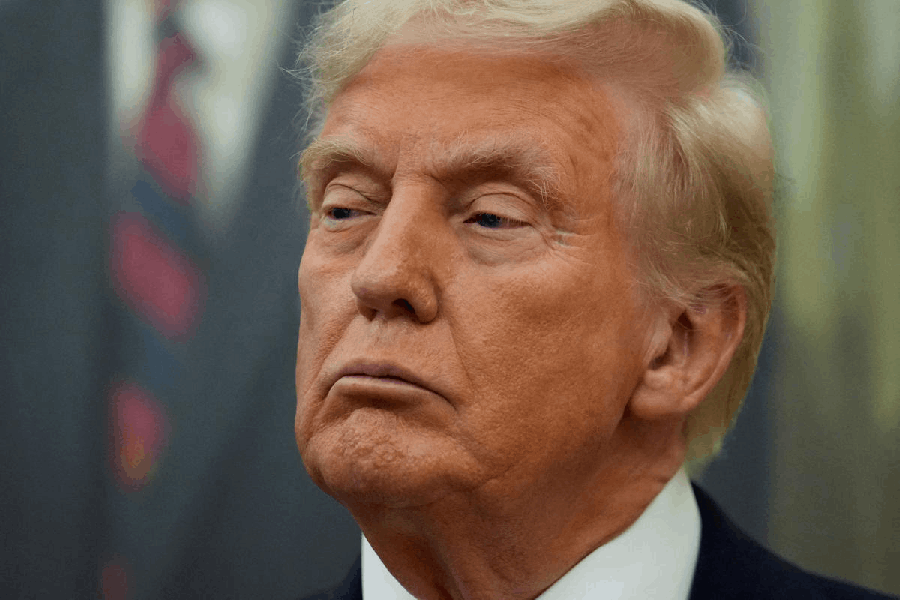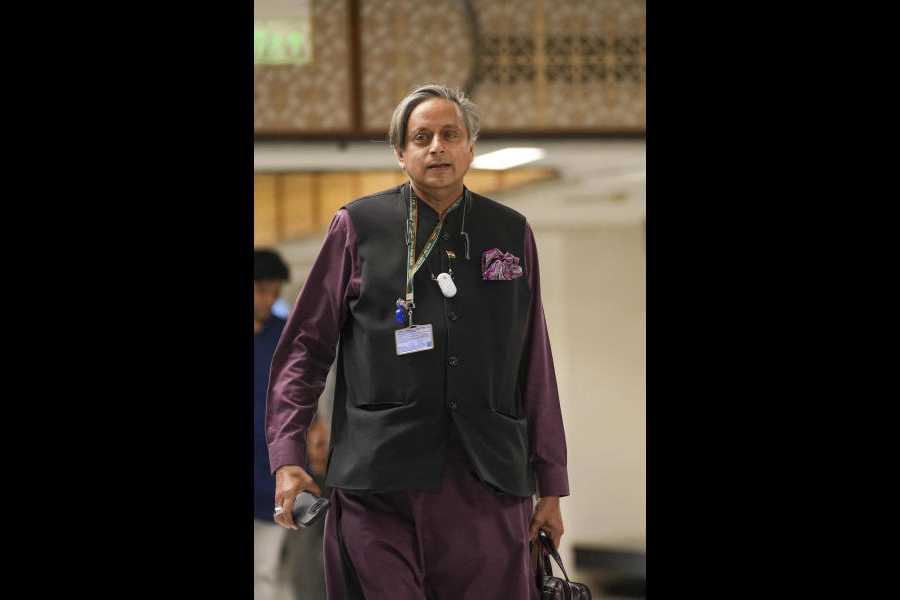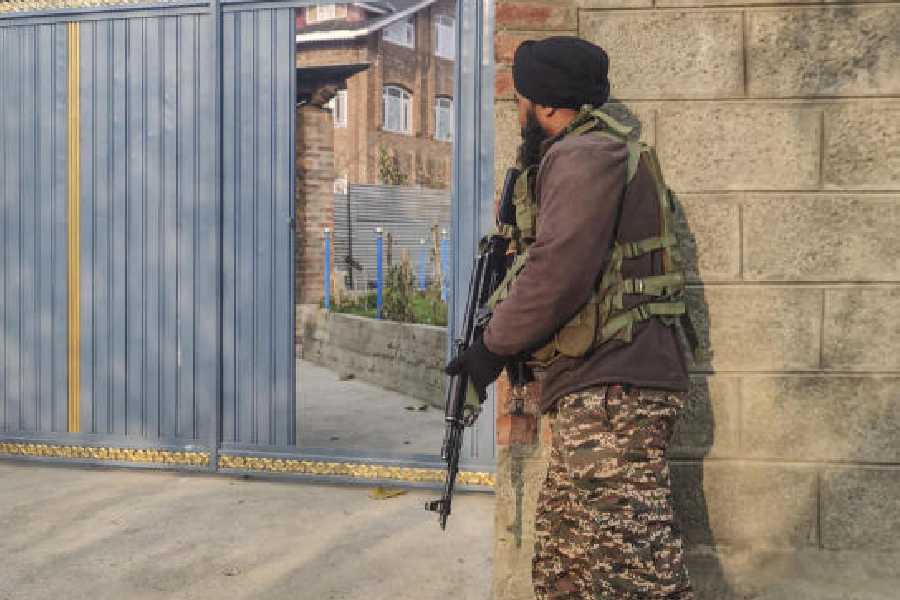The possibility of the temporary shutdown converting into a permanent restructuring has made federal workers across the country jittery.
Days into the government shutdown, the first such in nearly seven years, President Donald Trump and budget secretary Russ Vought have signalled a plan for a permanent restructuring in the approaching days.
The shutdown came into effect from Wednesday after Democrats and Republicans in the Senate failed to break a deadlock over healthcare funding.
Democrats demanded the continuation of tax credits under the Affordable Care Act to keep insurance affordable, which is known as Obamacare while Republicans refused to accept those conditions.
With neither side willing to concede, funding lapsed at midnight on Wednesday, forcing federal agencies to halt operations and furlough thousands of employees.
For many workers, the shutdown brings familiar hardship: missed paychecks and uncertainty over when government offices will reopen.
But unlike past episodes, this one carries the added threat of mass firings and irreversible cuts.
The White House has confirmed layoffs are imminent, rather than the standard furloughs.
Press Secretary Karoline Leavitt said Democrats would need to reopen the government “if they don't want further harm on their constituents back home.”
Trump has called the crisis an “unprecedented opportunity” to downsize agencies and weaken Democratic priorities.
He told supporters on social media that he and Vought would decide “which of the many Democrat Agencies” to cut.
His post also praised the moment as a chance to advance Project 2025, a right-wing policy framework previously crafted by the Heritage Foundation.
“I can't believe the Radical Left Democrats gave me this unprecedented opportunity,” Trump wrote on his social media account. “They are not stupid people, so maybe this is their way of wanting to, quietly and quickly, MAKE AMERICA GREAT AGAIN!”
House Speaker Mike Johnson underscored Thursday that the shutdown gives Trump and Vought vast power over the federal government. He blamed Democrats and said “they have effectively turned off the legislative branch” and “handed it over to the president.”
“When Congress turns off the funding, and the funding runs out, it is up to the commander-in-chief, the president of the United States, to determine how those resources will be spent,” Johnson said.
Already, Vought has moved to withhold funding from high-profile projects backed by Democratic leaders, including $18 billion for the Hudson River rail tunnel and the Second Avenue subway in New York, and $ 8 billion in green energy initiatives.
Senate Democratic leader Chuck Schumer accused the administration of inflicting pain on American families for political gain.
"Trump's so-called 'maximum pain' plan isn't hurting Democrats — it's hurting American families,” Schumer said in a statement Thursday. “He's snatching paychecks, threatening jobs, and deliberately inflicting suffering on working people just to score petty political points.”
Behind closed doors, Vought has told House Republicans that layoffs could begin within days.
He has also used a tool called “pocket rescissions” to block billions in previously approved spending, a practice that could expand to levels twenty times higher in coming months.
Democratic lawmakers argue that even if Congress resolves the shutdown, many of their budget priorities remain at risk.
The specter of job losses has heightened the sense of insecurity among federal employees, with roughly 750,000 estimated to be affected on any given day.
The Congressional Budget Office has warned of USD 400 million in lost wages daily, adding that the shutdown could slow broader economic activity.
While previous shutdowns saw GDP losses reversed once operations resumed, analysts caution the impact would be more severe if layoffs become permanent amid an already cooling labor market.
According to a New York Times report, the White House projected that the US would lose $ 15 billion in GDP per week and that a monthlong stoppage could result in 43,000 more unemployed people, citing Politico.
Officials also warned that Americans could face air travel disruptions, noting that in previous shutdowns absenteeism among air traffic controllers tripled.
Senior officials cautioned that firings could face legal challenges, given laws that forbid the government to incur expenses such as severance pay during a closure, as reported by The Washington Post.
Treasury Secretary Scott Bessent appeared to play down threats of mass layoffs, calling them a “talking point.”
The Wall Street Journal reported that administration officials are discussing extending Obamacare subsidies that expire at the end of the year, mindful of voter anger over any lapse in funding.
NYT also noted that prediction markets expect the shutdown to last, with more than two-thirds of bettors on Kalshi forecasting a closure of more than 10 days and nearly half betting it will stretch beyond 15.
The political standoff mirrors past confrontations. In 2013, Republicans attempted to block Obamacare funding under President Obama, resulting in a 16-day shutdown.
The longest shutdown, lasting 34 days in 2018-19, stemmed from Trump’s demand for border wall funding.
In his second term Trump had engaged billionaire-investor Elon Musk to head the Department of Government Efficiency and a description of DOGE’s objectives, which were cutting federal workforce size by reducing positions deemed unnecessary and slashing regulations that business groups considered burdensome.
Both ended without the Republicans securing their goals. Yet this time, Trump appears determined to use the shutdown to reshape the federal workforce itself, intensifying fear among employees who once counted on eventual stability.
Congress has shown no sign of immediate resolution. The Senate is set to reconvene Friday after a break for religious observances, while the House returns next week.
Until then, agencies tasked with environmental protection, poverty reduction and racial equity brace for deeper cuts, while core areas like defense and immigration enforcement remain insulated through separate funding streams.
Workers, meanwhile, face the possibility that the shutdown will not only strip their paychecks but cost them their livelihoods.
The uncertainty has been summed up by House Democratic leader Jeffries, who described the administration’s approach as proof that “the cruelty is the point.”











